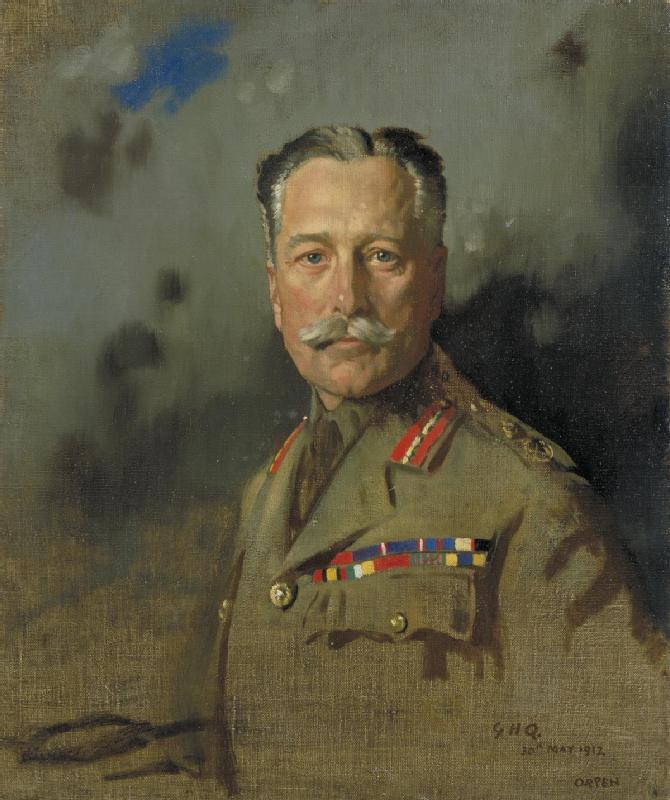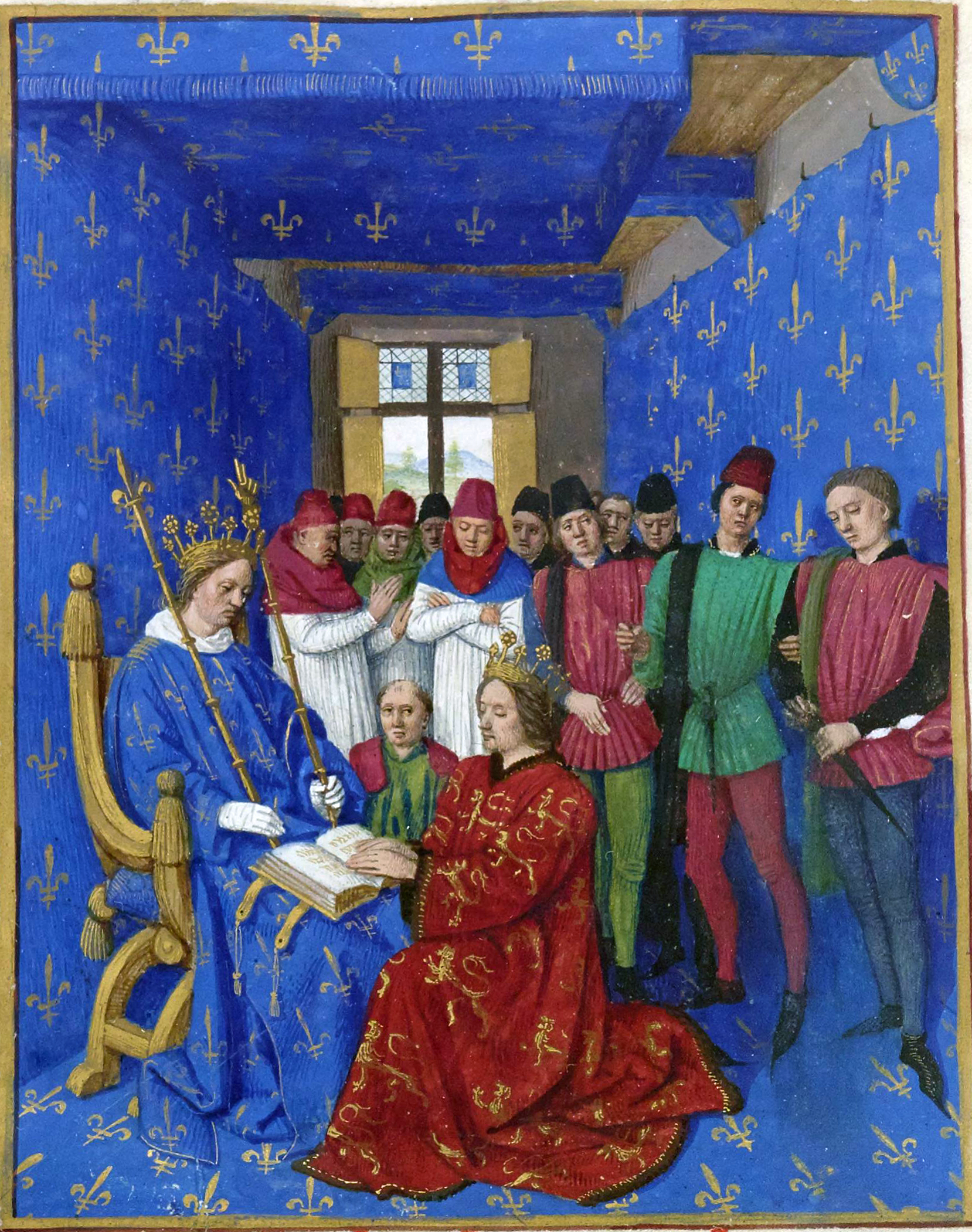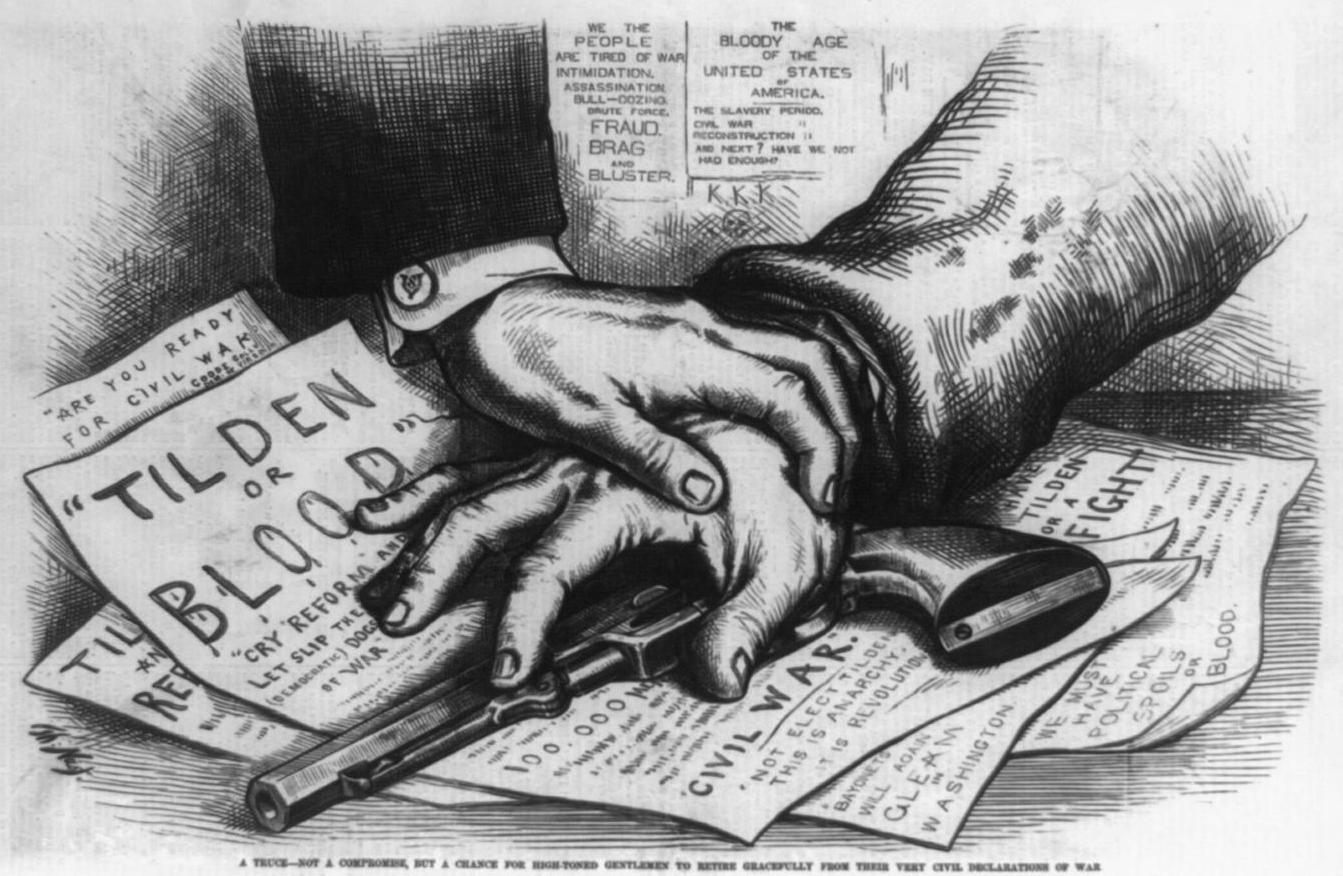|
Margaret Of France (died 1318)
Margaret of France ( – 14 February 1318) was Queen of England as the second wife of King Edward I. She was a daughter of Philip III of France and Maria of Brabant. Childhood Margaret was the daughter of King Philip III of France and his second wife, Maria of Brabant. King Philip died when Margaret was six years old and she grew up under guidance of her mother and Queen Joan I of Navarre, the wife of her half-brother King Philip IV. Marriage negotiations The death of his beloved first wife, Eleanor of Castile, in 1290, left King Edward I of England Edward I (17/18 June 1239 – 7 July 1307), also known as Edward Longshanks and the Hammer of the Scots, was King of England and Lord of Ireland from 1272 to 1307. Concurrently, he ruled the duchies of Aquitaine and Gascony as a vassa ... grief-stricken. He was at the time at war with France and Scotland. He and Eleanor had only one surviving son, Edward II, Edward, and so the king was anxious to remarry to have m ... [...More Info...] [...Related Items...] OR: [Wikipedia] [Google] [Baidu] |
Lincoln Cathedral
Lincoln Cathedral, Lincoln Minster, or the Cathedral Church of the Blessed Virgin Mary of Lincoln and sometimes St Mary's Cathedral, in Lincoln, England, is a Grade I listed cathedral and is the seat of the Anglican Bishop of Lincoln. Construction commenced in 1072 and continued in several phases throughout the High Middle Ages. Like many of the medieval cathedrals of England, it was built in the Early Gothic style. Some historians claim it became the tallest building in the world upon the completion of its high central spire in 1311, although this is disputed. If so, it was the first building to hold that title after the Great Pyramid of Giza, and held it for 238 years until the spire collapsed in 1548, and was not rebuilt. Had the central spire remained intact, Lincoln Cathedral would have remained the world's tallest structure until the completion of the Washington Monument in 1884. For hundreds of years the cathedral held one of the four remaining copies of the original Mag ... [...More Info...] [...Related Items...] OR: [Wikipedia] [Google] [Baidu] |
Eleanor Of Castile
Eleanor of Castile (1241 – 28 November 1290) was Queen of England as the first wife of Edward I, whom she married as part of a political deal to affirm English sovereignty over Gascony. The marriage was known to be particularly close, and Eleanor travelled extensively with her husband. She was with him on the Ninth Crusade, when he was wounded at Acre, but the popular story of her saving his life by sucking out the poison has long been discredited. When she died, at Harby near Lincoln, her grieving husband famously ordered a stone cross to be erected at each stopping-place on the journey to London, ending at Charing Cross. Eleanor was better educated than most medieval queens and exerted a strong cultural influence on the nation. She was a keen patron of literature and encouraged the use of tapestries, carpets and tableware in the Spanish style, as well as innovative garden designs. She was also a successful businesswoman, endowed with her own fortune as Countess of Ponth ... [...More Info...] [...Related Items...] OR: [Wikipedia] [Google] [Baidu] |
Dower
Dower is a provision accorded traditionally by a husband or his family, to a wife for her support should she become widowed. It was settled on the bride (being gifted into trust) by agreement at the time of the wedding, or as provided by law. The dower grew out of the practice of bride price, which was given over to a bride's family well in advance for arranging the marriage, but during the early Middle Ages, was given directly to the bride instead. However, in popular parlance, the term may be used for a life interest in property settled by a husband on his wife at any time, not just at the wedding. The verb ''to dower'' is sometimes used''.'' In popular usage, the term ''dower'' may be confused with: *A ''dowager'' is a widow (who may receive her dower). The term is especially used of a noble or royal widow who no longer occupies the position she held during the marriage. For example, Queen Elizabeth was technically the dowager queen after the death of George VI (though sh ... [...More Info...] [...Related Items...] OR: [Wikipedia] [Google] [Baidu] |
Montreuil, Pas-de-Calais
Montreuil (; also nl, Monsterole), also known as Montreuil-sur-Mer (; pcd, Montreu-su-Mér or , literally ''Montreuil on Sea''), is a sub-prefecture in the Pas-de-Calais department, northern France. It is located on the Canche river, not far from Étaples. The sea, however, is now some distance away. Montreuil-sur-Mer station has rail connections to Arras and Étaples. Sights Montreuil is surrounded by notable brickwork ramparts, constructed after the destruction of the town by troops of Habsburg emperor Charles V in June 1537. These fortifications pre-date the extensive fortification of towns in northern France by Sébastien Le Prestre de Vauban in the 17th century. History Montreuil was the headquarters of the British Army in France during the First World War from March 1916 until it closed in April 1919. The military academy there provided excellent facilities for GHQ. Montreuil was chosen as GHQ for a wide variety of reasons. It was on a main road from London to Paris— ... [...More Info...] [...Related Items...] OR: [Wikipedia] [Google] [Baidu] |
Ponthieu
Ponthieu (, ) was one of six feudal counties that eventually merged to become part of the Province of Picardy, in northern France.Dunbabin.France in the Making. Ch.4. The Principalities 888-987 Its chief town is Abbeville. History Ponthieu played a small but important role in the politics that led up to the Norman invasion of England in 1066.Barlow, The Godwins, Chapter 5: The Lull Before the Storm. Norman conquest of England Harold Godwinson of England was shipwrecked at Ponthieu, in 1064 and taken captive by Guy I (or ''Wido'' according to the Bayeux Tapestry), the then Count of Ponthieu.Barlow. The Godwins pp. 97 - 98 It is alleged that William (Duke of Normandy, later William I of England), discovering that Harold had been taken captive, sent messengers ordering Count Guy to hand over his prisoner. William then forced Harold to swear to support his claim to the throne, only revealing after the event that the box on which Harold had made his oath contained holy relics, ma ... [...More Info...] [...Related Items...] OR: [Wikipedia] [Google] [Baidu] |
Guyenne
Guyenne or Guienne (, ; oc, Guiana ) was an old French province which corresponded roughly to the Roman province of '' Aquitania Secunda'' and the archdiocese of Bordeaux. The name "Guyenne" comes from ''Aguyenne'', a popular transformation of ''Aquitania''. In the 12th century it formed, along with Gascony, the duchy of Aquitaine, which passed under the dominion of the kings of England by the marriage of Eleanor of Aquitaine to Henry II. In the 13th century, through the conquests of Philip II, Louis VIII and Louis IX, Guyenne was confined within the narrower limits fixed by the treaty of Paris (1259) and became distinct from Aquitaine. Guyenne then comprised the Bordelais (the old countship of Bordeaux), the Bazadais, part of Périgord, Limousin, Quercy and Rouergue and the Agenais ceded by Philip III to Edward I in the treaty of Amiens (1279). Still united with Gascony, it formed a duchy extending from the Charentes to the Pyrenees. This duchy was held as a fief on the t ... [...More Info...] [...Related Items...] OR: [Wikipedia] [Google] [Baidu] |
Isabella Of France
Isabella of France ( – 22 August 1358), sometimes described as the She-Wolf of France (), was Queen of England as the wife of King Edward II, and regent of England from 1327 until 1330. She was the youngest surviving child and only surviving daughter of Philip IV of France and Joan I of Navarre. Isabella was notable in her lifetime for her diplomatic skills, intelligence, and beauty. She overthrew her husband, becoming a "femme fatale" figure in plays and literature over the years, usually portrayed as a beautiful but cruel and manipulative figure. Isabella arrived in England at the age of 12 during a period of growing conflict between the king and the powerful baronial factions. Her new husband was notorious for the patronage he lavished on his favourite, Piers Gaveston, but the queen supported Edward during these early years, forming a working relationship with Piers and using her relationship with the French monarchy to bolster her own authority and power. After the deat ... [...More Info...] [...Related Items...] OR: [Wikipedia] [Google] [Baidu] |
Pope Boniface VIII
Pope Boniface VIII ( la, Bonifatius PP. VIII; born Benedetto Caetani, c. 1230 – 11 October 1303) was the head of the Catholic Church and ruler of the Papal States from 24 December 1294 to his death in 1303. The Caetani, Caetani family was of baronial origin, with connections to the papacy. He succeeded Pope Celestine V, who had papal resignation, abdicated from the papal throne. Boniface spent his early career abroad in diplomatic roles. Boniface VIII put forward some of the strongest claims of any pope to temporal as well as spiritual power. He involved himself often with foreign affairs, including in France, Sicily, Italy and the First War of Scottish Independence. These views, and his chronic intervention in "temporal" affairs, led to many bitter quarrels with Albert I of Germany, Philip IV of France, and Dante Alighieri, who placed the pope in the Eighth Circle of Hell in his ''Divine Comedy'', among the simony, simoniacs. Boniface systematized canon law (Catholic Church), ... [...More Info...] [...Related Items...] OR: [Wikipedia] [Google] [Baidu] |
Truce
A ceasefire (also known as a truce or armistice), also spelled cease fire (the antonym of 'open fire'), is a temporary stoppage of a war in which each side agrees with the other to suspend aggressive actions. Ceasefires may be between state actors or involve non-state actors. Ceasefires may be declared as part of a formal treaty, but also as part of an informal understanding between opposing forces. They may occur via mediation or otherwise as part of a peace process or be imposed by United Nations Security Council resolutions via Chapter VII of the United Nations Charter. The immediate goal of a ceasefire is to stop violence, but the underlying purposes of ceasefires vary. Ceasefires may be intended to meet short-term limited needs (such as providing humanitarian aid), manage a conflict to make it less devastating, or advance efforts to peacefully resolve a dispute. An actor may not always intend for a ceasefire to advance the peaceful resolution of a conflict, but instead gi ... [...More Info...] [...Related Items...] OR: [Wikipedia] [Google] [Baidu] |
Albert I Of Germany
Albert I of Habsburg (german: Albrecht I.) (July 12551 May 1308) was a Duke of Austria and Styria from 1282 and King of Germany from 1298 until his assassination. He was the eldest son of King Rudolf I of Germany and his first wife Gertrude of Hohenberg. Sometimes referred to as 'Albert the One-eyed' because of a battle injury that left him with a hollow eye socket and a permanent snarl. Biography From 1273 Albert ruled as a landgrave over his father's Swabian (Further Austrian) possessions in Alsace. In 1282 his father, the first German monarch from the House of Habsburg, invested him and his younger brother Rudolf II with the duchies of Austria and Styria, which he had seized from late King Ottokar II of Bohemia and defended in the 1278 Battle on the Marchfeld. By the 1283 Treaty of Rheinfelden his father entrusted Albert with their sole government, while Rudolf II ought to be compensated by the Further Austrian Habsburg home territories – which, however, never happened ... [...More Info...] [...Related Items...] OR: [Wikipedia] [Google] [Baidu] |
Rudolph I Of Bohemia
Rudolf I ( – 3/4 July 1307), Rudolf of Habsburg, was a member of the House of Habsburg, the King of Bohemia and titular King of Poland from 1306 until his death. He was also Duke of Austria and Styria from 1298. Early life Rudolf was the eldest son of Duke Albert I of Austria and his wife Elizabeth of Gorizia-Tyrol, thereby the grandson of King Rudolf I of Germany. After lengthy struggles with Adolf of Nassau, his father was elected King of Germany in 1298 and vested sixteen-year-old Rudolf as a co-ruler with the Austrian hereditary lands of the Habsburg dynasty. According to the Treaty of Rheinfelden, Rudolf acted as regent on behalf of his younger brothers Frederick the Fair and Leopold I. On 25 May 1300 King Albert I arranged his marriage with Blanche, a daughter of King Philip III of France. The intended union failed as the couple's son and daughter died young and Blanche herself died, probably after a miscarriage, in 1305. Rudolf accompanied his father on his 1304 exp ... [...More Info...] [...Related Items...] OR: [Wikipedia] [Google] [Baidu] |
Earl Of Lancaster
The title of Earl of Lancaster was created in the Peerage of England in 1267. It was succeeded by the title Duke of Lancaster in 1351, which expired in 1361. (The most recent creation of the ducal title merged with the Crown in 1413.) King Henry III of England created the Earldom of Lancasterfrom which the royal house of Henry IV was namedfor his second son, Edmund Crouchback, in 1267. Edmund had already been created Earl of Leicester in 1265 and following the Second Barons' War and the death and attainder of the king's rebellious brother-in-law Simon de Montfort, 6th Earl of Leicester in 1265, the latter's lands, including most notably Kenilworth Castle in Warwickshire, had been awarded to him. When Edmund's son Thomas, 2nd Earl of Lancaster, inherited the estates and title of his father-in-law Henry de Lacy, 3rd Earl of Lincoln, he became at a stroke the most powerful nobleman in England, with lands throughout the kingdom and the ability to raise vast private armies to wield pow ... [...More Info...] [...Related Items...] OR: [Wikipedia] [Google] [Baidu] |







